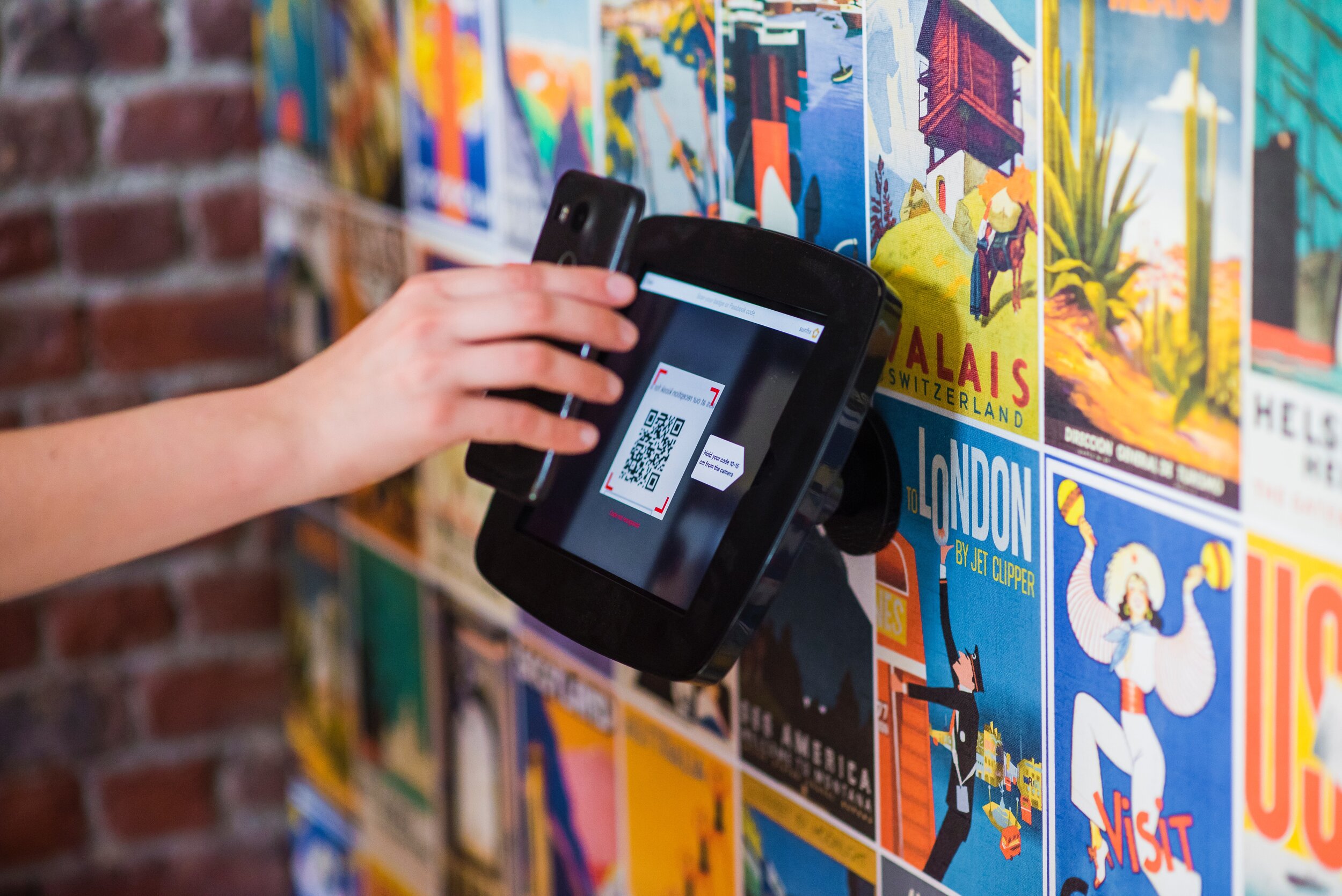7 Common Challenges for Arts Organizations in 2021 — and How ABA Is Supporting
As we head into the second half of 2021 — and as the status of the pandemic evolves around the globe — we checked in with our membership to get a pulse on the top challenges and priorities for arts leaders. We heard a range of upcoming areas of focus for ballets, operas, museums, orchestras, theaters, and more worldwide.
With the number of pressing issues arts institutions are currently navigating, ABA is working to provide targeted research help to our members. Here, we’ve gathered seven of the most pressing issues on the minds of arts leaders today, and how we’re supporting our members to address these challenges.
1. Managing Logistics around Reopening
Top of mind for many organizations — particularly in areas with high rates of vaccination — is the challenge of getting back to live art. Whether reopening their doors to an exhibit or filling seats in an auditorium, institutions are dealing with an ever-changing landscape of safety requirements and audience comfort levels. At a time when arts organizations were beginning to see hopes of some stability, we are now seeing disruptions due to COVID-19 variants and differing rates of vaccination.
This uncertainty, coupled with smaller staff sizes than usual at many organizations, makes staging work a particularly challenging and time-consuming task for arts leaders over the next months. For many, this is heads-down work that is being prioritized over other larger, strategic initiatives.
How ABA is Helping
Conducting interviews on behalf of a theater member to gather insight into whether organizations are requiring staff and artists to be vaccinated
Looking into how performing arts organizations are thinking about post-pandemic sliding-scale ticket pricing for an orchestra member
Creating survey mechanisms for theater and opera members to assess staff and audience sentiment around return
2. Connecting with Local Communities
For many arts organizations, this past year and a half has afforded the opportunity to really connect with local communities. Our members got involved at even deeper levels than they had in the past, becoming testing and vaccine sites, opening their costume shops to create PPE for frontline workers, and helping to honor those lost in the pandemic.
As institutions look to the future, many hope to continue to strengthen these bonds through their community engagement, education, and philanthropy efforts — a direction we discussed at length in our recent summit, Redefining the Donor Value Proposition, with the emergence of the “community donor” profile in our research.
A focus on resonating locally (rather than pushing to be world-renowned) looks to be a major trend going into the second half of the year.
How ABA is helping:
Conducting community partner evaluations for a symphony member
Gathering model job descriptions for the community engagement team of a museum member
3. Broadening the Audience Base
When it comes to longer-term strategy, audience development is key. As one symphony director put it: “there isn’t a problem I think about that isn’t related to audience development.”
The question of bringing in new audiences and attendees overlaps with donor strategy, DEI&A initiatives, community engagement, and more. And as we saw in our donor research, there is a real potential challenge in attracting the next generation of arts audiences and philanthropists, as millennials gravitate towards other causes and activities.
Many arts organizations are therefore rethinking the way they invite new patrons into their halls, whether this means a revamp of guest services or expanding into new community partnerships.
How ABA is helping:
Researching best practices around “bring-a-friend” ticket voucher programs for a symphony member
Leading workshops for all members to help them identify the core values they uniquely share with their potential audiences
4. Rebuilding Team Cultures
After a year of remote work and the massive changes brought about by the pandemic, many teams are now navigating their return to collaborating in-person. We’ve heard from several organizations just how challenging it is to get back into the momentum of staging live performances or mounting new exhibitions. This is especially true for organizations who have hired (or lost) staff members during the pandemic — not only are they learning how to complete their work in a world that looks very different, but they are doing so with new teams.
This is, however, also an opportunity to rebuild in a way that creates positive foundations for the future. Many arts leaders want to use this time to ensure that their organizations are working in equitable and healthy ways for staff. Now is the time for a productive reset.
How ABA is helping:
Holding a series of manager fundamentals training sessions for staff at our member organizations who want a refresh on communication and leadership skills
Conducting a compensation benchmarking project on behalf of an opera member to help them make decisions around cost-of-living salary adjustments post-pandemic
5. Working Towards Further Progress in DEI&A
In 2020, arts organizations around the globe publicly confirmed their commitment to ensuring that their spaces were diverse, equitable and accessible for all. A year later, it is time to measure progress against these goals and statements.
As we spoke to arts leaders, we heard varying areas of focus for their DEI&A work, which include: updating programming to give more opportunity, building diverse boards, committing to inclusive hiring practices, and ensuring that diverse audiences are welcome. All of these initiatives will continue to be crucial to the mission and work of institutions in the arts going forward.
How ABA is helping:
Gathering model job descriptions for an Equity Director role on behalf of a theater member
Offering an inclusion assessment to all members, where organizations can track their progress against their own goals and compare results with other institutions
6. Moving From Digital To Hybrid
For the past year, arts organizations have made incredible pivots to creating digital productions for audiences to enjoy while staying at home. ABA tracked some of the developments in this area in our January meetings around digital monetization strategy.
Now as areas reopen, it is time to decide how much of the work teams have done in digital will carry over into live offerings. For some, this represents an opportunity to increase accessibility for audiences who are no longer able to attend (or for new audiences abroad who discovered their work during the pandemic). For others, digital has the potential to become a new revenue stream. Whatever your institution’s plan, digital is certain to play an evolved role.
How ABA is helping:
Researching potential avenues for revenue from digital education offerings for a music school member
Interviewing development directors on behalf of a theater member to understand how corporate sponsorship opportunities are being offered in digital programs
7. Building Sustainable Financial Futures
Many arts leaders shared that they have thankfully found themselves in a good place financially thanks to the various forms of government and philanthropic support they received during the pandemic. At the same time, they acknowledged that this is potentially a shorter-term surplus that they will need to work to maintain in the future.
The issue of remaining financially sustained will cross over into ticket sales, new business development, and fundraising — all of which have seen major changes during the past year and a half. It will be crucial for arts organizations to take creative approaches to these challenges.
How ABA is helping:
Gathering information around different ways arts organizations have rented out venues for a festival member
Helping an opera member assess the future of touring productions in terms of finances and environmental sustainability
Tracking the potential for impact investment in the arts for a music school member
Our research team is always delighted to speak with members about tailoring research projects to your organization. To learn more or submit a custom research request, simply contact your member advisor or email us at info@advisoryarts.com.





